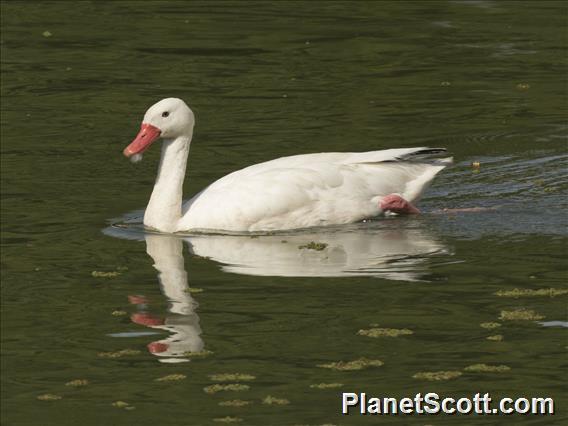Coscoroba Swan (Coscoroba coscoroba)

Coscoroba Swan (Coscoroba coscoroba)

Coscoroba Swan (Coscoroba coscoroba)

Coscoroba Swan (Coscoroba coscoroba)



×




Coscoroba Swan (Coscoroba coscoroba)

Coscoroba Swan (Coscoroba coscoroba)

Coscoroba Swan (Coscoroba coscoroba)
About Coscoroba Swan (Coscoroba coscoroba)
- Kingdom: Animals
- Phylum: Chordates
- Class: Birds
- Order: Anseriformes
- Family: Swans, Geese, and Ducks
The coscoroba swan is a species of waterfowl in the subfamily Anserinae of the family Anatidae. It is found in Argentina, Bolivia, Brazil, Chile, Paraguay, Uruguay, and the Falkland Islands.
Source: Wikipedia
Lifelists
Visits
-
2005-02-18
Buenos Aires Reserva Costeneras, Argentina -
-
-
-
-




